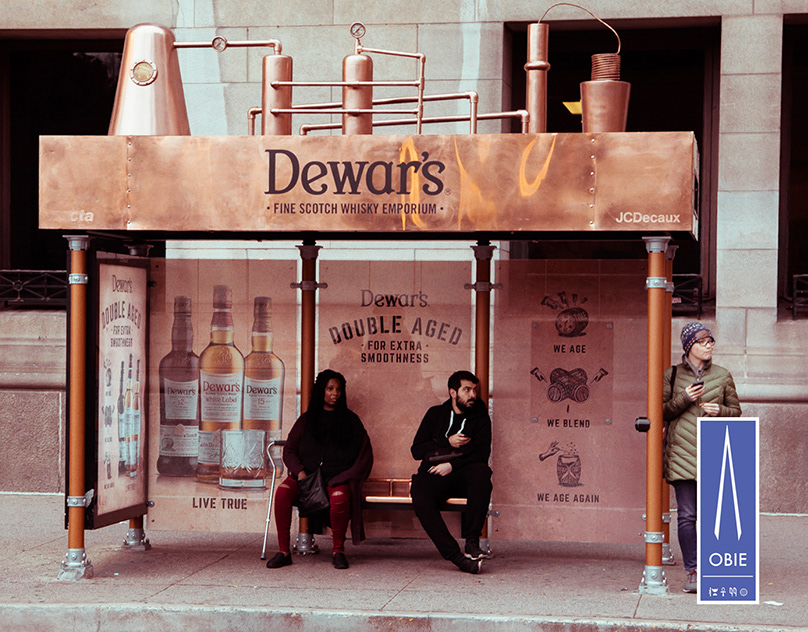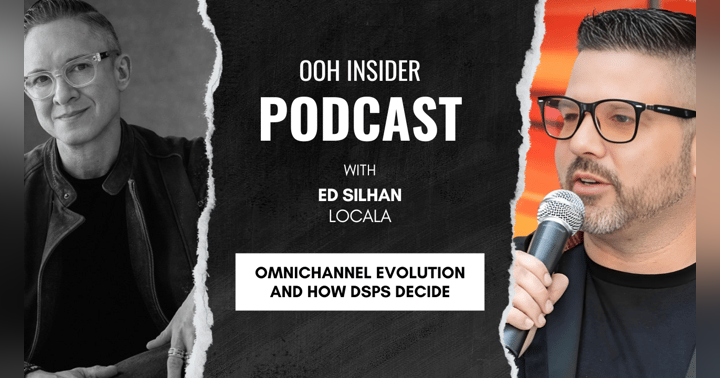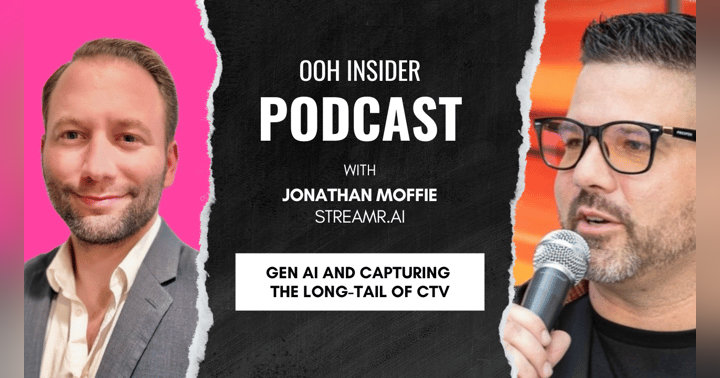Challenges in Valuing Physical Media: Moving Beyond Impression Counting - Part II

While impression counting has been a popular method for valuing physical media in advertising, the question of 'How do we measure OOH?' is still mostly unanswered for brands and publishers alike, and there are three primary challenges associated with overcoming that.
The First Challenge
One of the main challenges with using impression counting (as a metric for valuing physical media) is in gauging viewability. Unlike digital media where impressions can be tracked as one ad delivered to one set of eyeballs (sans the 10%+ that gets wasted on fraud), physical media like billboards, posters, and signage, in general, can't guarantee that every person who passes by will look at the ad, let alone see it.
Challenge: This can lead to discrepancies in the number of impressions counted, making it difficult to determine the value of the media accurately. And if that were challenging enough, the confusion of multiple currencies jockeying for impression-counting supremacy, all seeking adoption from sellers rather than buyers.
Imagine this scenario...you go to a flea market this weekend and see lots of cool stuff you want to buy.
One seller only accepts Bitcoin, the other accepts USD and YEN, and another takes some mysterious currency that trades in strawberry-flavored pop tarts (and only strawberry).
How frustrating would it be carrying all of that and then having to convert the respective values?
"Okay, 1 1/2 pop tarts for this armoire, 3 Bitcoin for these Pokemon cards".
It all sounds pretty ridiculous because it is.
The Second Challenge
Another challenge is the inability to track engagement. Impression counting only measures the number of times an ad is potentially seen, not the level of engagement likely to be had with the format or interaction with the ad. This can be a problem if the goal of the advertising campaign is to drive specific actions or outcomes.
Though several entrants have made some progress solving this with hardware and counting/camera technology, none have achieved major adoption in OOH though some have faired well in specific retail verticles. The challenge remains though - scale for use by marketers.
The Third Challenge
The third challenge is the difficulty in measuring ROI specifically. Impression counting doesn't provide insights into the impact of the advertising campaign on business outcomes such as sales, brand awareness, or customer retention because it isn't intended to
Yet that feedback is what brands are starving for and the lifeblood of continued confident investment in OOH advertising or for a first-time brand to really test it for themselves.
And that's why, to overcome these challenges and establish the true value of physical media, it's important to consider both the intrinsic and extrinsic values of the media, as well as the opportunities for creative marketers to capitalize on the context in key micro-moments. Like this:
Dewar's 2019 Silver OBIE Winner designed by David Aaron, JCDecaux
To establish the true value of an out-of-home (OOH) placement, intrinsic and extrinsic values must be considered. Intrinsic values are inherent qualities, such as:
- Size
- Location
- Visibility
The intrinsic value of physical media refers to its inherent qualities, such as its size, location, and visibility. For example, an OOH placement on a busy street corner or in a high-traffic area may have a higher intrinsic value than a placement in a less populated location. Though on the flip side, if that placement in the less populated location carries some sort of novelty or unique quality, it may be just as if not more valuable than the busy street corner.
The size, format, and capabilities of the OOH ad opportunity can also impact its intrinsic value, with larger or more creative placements generally commanding higher prices.
And extrinsic values are added by external factors, such as:
- The context in which the ad content is experienced
- The literal location (Sunset Strip vs Sunset, Arizona)
- The use of build-outs, extensions, dynamic digital capabilities, etc.
The extrinsic value of physical media refers to the value added by external factors, such as the context in which the ad is displayed. For example, an OOH ad for a sunscreen brand may have higher extrinsic value when it's displayed on a billboard floating past the beach or by a plane pulling a banner encouraging you to eat more pizza and work on that dad bod.

Credit: Ballyhoo Media - Neutrogena; Quan Media Group - Slice
Andrew Grant is famously quoted as saying...
“You never get a second chance to make a first impression.”
But has anyone ever stopped to ask - so how valuable can it be if we make that first one count?
Read Part I Here: Counting vs Attribution
- TRowe




